Description
“Moong Dal” is a type of lentil derived from mung beans, scientifically known as Vigna radiata. It is commonly used in various culinary applications, especially in Indian cuisine. Here’s an overview of Moong Dal (Pasiparuppu):
Key Features of Moong Dal (Pasiparuppu):
1. Small and Oval Shape:
– Moong Dal is small, oval-shaped lentils with a bright yellow or greenish color, depending on whether the skin has been removed.
2. Mild and Earthy Flavor:
– Moong Dal has a mild and earthy flavor, making it versatile for both savory and sweet dishes. It easily absorbs the flavors of spices and seasonings.
3. Quick Cooking:
– Compared to some other lentils, Moong Dal cooks relatively quickly. It becomes soft and creamy when cooked, making it suitable for various recipes.
4. Rich in Nutrients:
– Moong Dal is a good source of plant-based protein, dietary fiber, vitamins, and minerals. It adds nutritional value to meals, contributing essential nutrients to the diet.
5. Protein Content:
– Moong Dal is particularly valued for its protein content, making it a popular choice in vegetarian and vegan diets.
6. Used in Various Dishes:
– Moong Dal is a versatile ingredient used in a variety of dishes, including dals, soups, stews, curries, and desserts.
7. Split and Whole Varieties:
– Moong Dal is available in both split and whole forms. Split Moong Dal (yellow) is commonly used in many Indian dishes, while whole Moong Dal (green) retains its skin and is often used in specific recipes.
8. Culinary Adaptability:
– Moong Dal adapts well to different cooking methods and styles. It can be boiled, sautéed, and used as a base for various recipes.
9. Digestibility:
– Moong Dal is known for its easy digestibility, making it a preferred choice for those with sensitive digestive systems.
10. Inclusion in South Asian Cuisine:
– Moong Dal is a staple in South Asian cuisine, and it is featured prominently in dishes like Dal Tadka, Moong Dal Khichdi, Moong Dal Halwa, and various soups.
11. Protein-Rich Snacks:
– Sprouted Moong Dal is often used in salads and snacks. The sprouting process enhances its nutritional profile.
12. Health Benefits:
– Moong Dal is associated with health benefits, including supporting heart health, providing a plant-based protein source, and contributing to overall well-being.
Moong Dal (Pasiparuppu) is a versatile and nutritious ingredient that plays a significant role in South Asian cuisine. Whether used in traditional savory dishes or transformed into sweet delicacies, Moong Dal remains a staple in many households for its culinary adaptability and healthful properties.
Moong dal, also known as “Pasi Paruppu” in Tamil, is a type of split mung bean commonly used in Indian cuisine. Here are some key points about moong dal:
– Nutrient-Dense: Moong dal is rich in essential nutrients such as protein, dietary fiber, vitamins (including vitamin B complex and vitamin E), minerals (including iron, magnesium, potassium, and zinc), and antioxidants.
– Digestive Health: The high fiber content of moong dal helps promote regular bowel movements, prevent constipation, and support digestive health.
– Protein Source: Moong dal is an excellent source of plant-based protein, making it a staple food for vegetarians and vegans.
– Heart Health: Moong dal contains dietary fiber and potassium, which are beneficial for heart health. Fiber helps lower cholesterol levels, while potassium helps regulate blood pressure and improve heart function.
– Energy Boost: Moong dal is a concentrated source of energy due to its high carbohydrate content. It provides sustained energy and helps prevent fatigue.
– Blood Sugar Control: Moong dal has a low glycemic index, which means it releases glucose into the bloodstream slowly and helps regulate blood sugar levels. It is suitable for individuals with diabetes or those watching their blood sugar levels.
– Bone Health: Moong dal is a good source of minerals like calcium, magnesium, and phosphorus, which are important for maintaining strong and healthy bones.
– Versatility: Moong dal can be used in a variety of dishes such as dal, khichdi, soups, salads, and snacks. It cooks quickly and has a mild flavor, making it versatile for different cuisines and preparations.
Incorporating moong dal into your diet can provide numerous health benefits and add flavor, texture, and nutritional value to your meals.



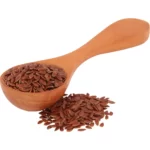
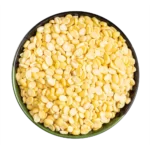
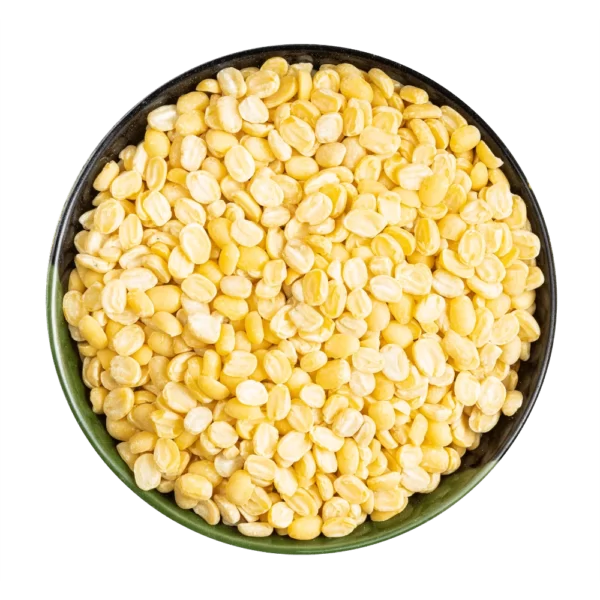
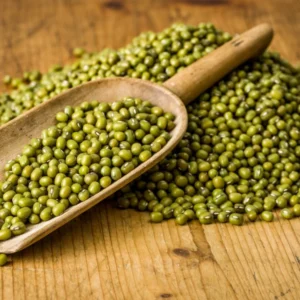
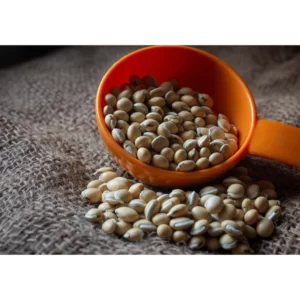
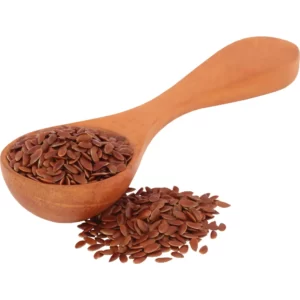
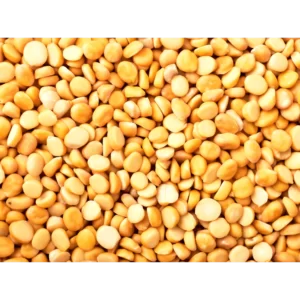
 California Almond/Badam Paruppu 100grm
California Almond/Badam Paruppu 100grm 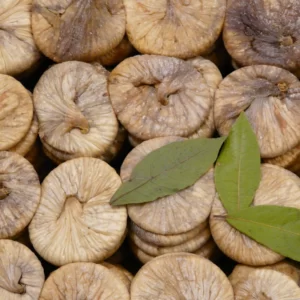 Dry Fig/Ularnta atti 250grm
Dry Fig/Ularnta atti 250grm
Reviews
There are no reviews yet.